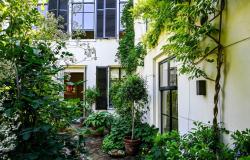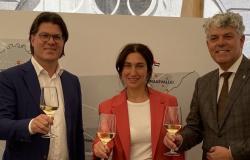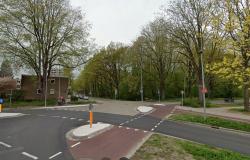Solar parks can enrich nature, according to the first results of a five-year study by the University of Groningen (RUG), which was carried out in Drenthe, among other places.
Mice, butterflies and some bird species do better in three large solar parks in Drenthe and Groningen than in nearby agricultural areas. According to the researchers, even more natural benefits can be achieved by managing the area ecologically.
“The preliminary results of our research are promising,” says project leader Raymond Klaassen. “They challenge the common view that solar parks are harmful to nature. With careful planning and management we can both produce green energy and support nature. The fact that biodiversity benefits from solar parks is also because the initial situation – large-scale fields – little space for nature offers.”
The researchers conclude that solar parks with rougher vegetation and shrubs are good for biodiversity. However, not all species benefit from ecologically designed solar parks. Field birds such as skylarks stay away, but this could change if the distance between solar panels is increased.
“For example, we measured yellowhammers in high densities in solar parks,” says PhD student Sylvia de Vries. “We also saw more warblers and white wagtails than in neighboring agricultural areas, sometimes up to seven times as many.” Occasional mowing of the grass between the panels can further increase species diversity. According to the researchers, when constructing a solar park, it is important to prevent the soil from being compressed too much, for example by using lighter machines.
Last year, the researchers mapped the soil, vegetation, insects, mammals and birds at the three solar parks. The distance between solar panels is different in every park, as is the decoration of the edge of the park with shrubs or flower strips. The final results of the study are expected at the end of 2027. The province of Groningen and the company Novar, which deals with green energy systems, are also involved.






